As we are getting near the end of 2019, here is the time to discuss our 2020 top sports and tech predictions. For the sake of this analysis we decided to break down our sports and tech predictions into various sports and tech segments: AR/VR, Wearables/sensors, AI/Big data, eSports, Digital, and bitcoin/blockchain/crypto and nutrition (CBD, DNA genomic testing).
? AR/VR:
- Prediction #1: Major athletes (Mbappe, Ronaldo, Federer..) will launch their own VR/360 video channels in 2020. World-class athletes like Cristiano Ronaldo, Kylian Mbappé, and Neymar Junior have a huge amount of followers on social media (Twitter, Facebook, Instagram). Ronaldo has 70M Twitter followers globally. Now imagine if he could have his own VR/360 channel where he would provide exclusive “behind the scene” virtual VR/360 video content and associated content (jerseys, hats, VIP events..) or provide virtual lessons to his fans. Each fan would simply need to pay $5 per month to get access to all this. That’s why we believe that in 2020 we will see an increasing number of top athletes (e.g. Ronaldo, Mbappe, Griezmann, Federer, etc.) launching their own VR/360 video channels. VR startups like The Dream VR are set to become a key tech enabler there as they already launched VR channels for players like Dani Alves.
Picture: Dani Alves’ VR/360 video channel, by The Dream VR.
- Prediction #2: A major European and US sports league will launch an AR app showing live statistical data of players during live games. In 2020, we expect a major European and US sports league to launch an AR app allowing sports fans to look at a player on the field and see their statistical (speed, distance ran, acceleration, etc.) just by looking at them at a live sports event. You can see below the ShotTracker AR app which enable fans to point to a player on the field and see live statistical data as an AR overlay. You can watch the video of this AR app here. This is the kind of application that we will see in the market. Of note, the NHL is set to introduce a second screen app allowing NHL fans to get stats (speed of the puck..) during live games. These types of experiences will help increase fans engagement, drive additional revenue and bring fans back to the stadiums.
- Prediction #3: Hybrid AR/VR glasses and contact lenses in 2020: In 2020, we expect to see the emergence of hybrid AR/VR glasses and contact lenses. Companies like Facebook, Innovega, are set to become key players there. For example, as you can see in the picture below, Innovega built a pair of glasses where it added megapixel OLED micro displays into the frame on both sides of the frame close to the eyes.
Then Innovega re-engineered regular contact lenses using nanotechnology so that sports fans would be able to see up close and clearly through the macro displays and bring in focus.
 Photo: Innovega’s AR contact lenses.
Photo: Innovega’s AR contact lenses.The point here is that sports fans will be able to be immersed into a virtual environment (e.g. VR training system) then switch into an AR environment (e.g. seeing live stats of players as an AR overlay) on the fly. This is the type of innovative hybrid AR/VR products that we expect to see in 2020.
- Prediction #4: Mind controlled AR/VR headsets will emerge in 2020: We also expect to start seeing mind controlled AR/VR headsets emerging in 2020. Facebook is set to be a key pioneer there as it recently acquired for $1B CTRL Labs a NY startup that built a neural interface platform which will allow users to control AR/VR headsets, wearables, smartphones and other devices around them from their brain. CTRL Labs solution essentially measures users’ neuron activity and then imitate the same motion and translate them to control devices. For some of you this may sound like a science fiction, but the reality is that this is happening. You can watch below the video of CTRL Labs CEO who talks about his vision for the future.
Source: CTRL Labs
- Prediction #5: Live TV AR experiences with players’ statistical data set to become the norm in 2020 among leagues, and broadcasters. In 2020, we expect live AR experience with players’ statistical data to become the norm across leagues, broadcasters. Today, as shown in the table below, many broadcasters (ESPN, CBS, etc..), leagues (NBA, NHL, NRL, NFL Laliga…), and tournaments (Panasonic Open, etc.) are starting to offer this type of experience.
These type of AR sports experiences on live TV will become even more compelling — and ubiquitous — over time. In 2020, we expect more leagues (e.g. MLS, FFF, etc.), tournaments, and broadcasters to jump on the bandwagon to offer such AR TV experiences. In 2021, we also expect to see more live AR experiences with players’ live biometric data (HR, fatigue level, stress level, hydration, etc..). Once 5G adoption reach a large scale, we also expect live betting to become a key part of the AR TV experience where it will enable fans to bet on the next play after reviewing a critical play via an AR replay with valuable info (speed, hydration level, fatigue level) during live sports games on TV. These AR experiences will also help broadcasters increase viewership and bring new sponsors. Teams will also be able to attract new fans, new sponsors, which will help increase their top line.
⌚Wearables:
- Prediction #6: A new wave of advanced wearables (e.g. smartwatches, hearables, audio headsets) measuring hydration level, stress level, blood pressure, and more, will emerge in 2020. Granted, most wearables today are fairly limited as they only measure HR, steps, calories and sleep quality. In 2020, we expect to see more advanced wearables (e.g. smartwatches, hearables..) capable of measuring hydration level, stress level, core body temperature, blood pressure, ph, potassium, and even productivity. This will help increase the daily usage rate and stickiness of those wearables over time. This is where we expect to see biosensors companies like Valencell, NeuroSky, large tech companies (Apple/Beats, Samsung, LG, Garmin, Xiaomi, Peloton), sports apparel companies (e.g. Nike, adidas, Under Armour), beverage companies (e.g. Gatorade) and wearable startups like Kenzen, Bisu, to play a key role there in the coming years.
Picture: Valencell, Blood pressure solution for wearables
- Prediction #7: Contactless biosensors will become the new norm in elite sports in 2020. As we pointed out before, athletes do not like to wear wearables while sleeping. This is why we expect a growing number of athletes and teams adopting contactless biosensors (e.g. smart lamps, etc.) based products in 2020. These new types of devices will become so valuable to teams and athletes as they can measure sleep quality, HR, anxiety, stress, blood pressure, without any contact to the skin. They will be able to use those devices in hotels while traveling. This is where companies like SleepScore, Blumio, Elfi Tech, Circadia Tech, and Xandar Kardian, are set to play a key role.
Video: Circadia Tech
- Prediction #8: The NBA will start allowing players to wear select wearables during live NBA games in 2020. Currently the NBA is not allowing NBA players to wear any wearables during live games, but only during practice. By comparison, the MLB already allows 3 wearables to be used during live MLB games. We believe that the NBA will jump on the bandwagon in 2020 and start allowing select wearables during live NBA games. Based on our sources, this has been a key topic inside the NBA office for some time. Wearable startups like Whoop, whose whoop band is already allowed to be worn by MLB players during live games, and is backed by former NBA commissioner David Stern, is set to be one of the preferred wearable vendors selected by the NBA. Of note, back in 2016, as shown in the picture below, Matthew Dellavedova, point guard for the Cleveland Cavaliers, was wearing the Whoop wearable on his wrist for 15 games. After the NBA was informed about the presence of the wearable on Dellavedova’s wrist, he avoided a hefty fine but was banned from strapping it on again. We expect this to change in 2020.
Picture: NBA, Whoop
- Prediction #9: Apple to enter the smart clothing market in 2020. Tim Cook has talked for some time about his plan to enter new categories in the wearable space. In addition, Apple already filed a patent around smart clothing, which is a clear indication on where the company might be heading. With that in mind, we expect Apple to enter the smart clothing market in 2020.
Picture: Apple (patent)
- Prediction #10: The Apple AirPods and Apple Beats headsets will include bio sensing capabilities (e.g. HR, sleep/HRV, stress..) in 2020. Over the past few months, the wearable market has seen a growing number of hearable startups and companies launching wearables with bio sensing capabilities (e.g. HR, sleep quality..). On top of that, Apple filed a patent in 2018 which showed a concept of Apple AirPods with bio sensing capabilities. With that in mind we believe that Apple will launch a version of the AirPods with bio sensing (HR, stress/HRV..) capabilities in 2020 to enable Apple users to track their health in real time. We also expect Beats (own by Apple) to launch a version of its Beats headset with bio sensing capabilities as well.
Picture: Apple AirPods
- Prediction #11: In 2020, a growing number of teams and leagues will start using advanced camera capable of measuring players’ biometric data without the need to use any wearables on the player’s body. Let’s face it, allowing teams and players to wear wearable during live games is a challenge. However, over the past few years a growing number of startups have emerged in this area. One of them is Vayyar, an Israeli startup, which raised $100M+. This could be a game changer in the world of college and pro sports. This is why we believe that in 2020 we will see a growing number of sports teams and leagues testing and deploying advanced cameras using such technologies to track the health (HR, stress. etc.) of players during live games and training. The Vayyar chip can detect HR, breathing..from various people at the same time. They also have strict privacy rules which is important in the world of pro sports.
Picture: Vayyar
You can watch below the video of Vayyar where they describe the capabilities of the solution:
Video: Vayyar
- Prediction #12: Neurotech set to become a must have among elite sports in 2020. One cannot replace an athlete’s natural talent and skills, but it’s undeniable that sports neurotech solutions are playing an increasingly important role in the mental training of top athletes who have to be at their best all the time. With that in mind we expect more pro teams and leagues in 2020 to adopt sports neurotech solutions in the coming years, especially the ones that combine stress management systems. Neurotech companies like Emotiv or REBALANCE Impulse are set to play a key role there.
EMOTIV is allowing athletes to vizualize the fact that they are lowering their less level:
“What we provide is translational and machine learning algorithms that allow in real time to give feedback on the users’ levels of stress and attention. Easy to understand. And then you can combine this neurofeedback with your training strategies in order for athletes or executives to really visualize the fact that they’re lowering their stress level.”, Prof. Olivier Oullier at Emotiv.
Emotiv introduced a new form factor in 2019 as it recently launched the EMOTIV MN8 which helps measure and analyze the changes in users’ levels of stress and attention using EEG and EMOTIV’s proprietary machine learning algorithms. We believe that this is the type of new form factor that will bring Neurotech to the masses and especially the pro teams in 2020 and beyond.
Picture: Emotiv’s MN8 headset
REBALANCE Impulse, on the other hand, developed an equipment dedicated to preventing and alleviating chronic stress. They combined neurotechnology, with apply neurosciences, color and sound therapy to create an effective stress-reducing experience.
Picture: REBALANCE Impulse’s mobile app and system
So how does it work? The REBALANCE program is both personalized and able to evolve over time. It adapts and adjusts in real time thanks to data transmitted by its various sensors (neurofeedback and biofeedback). The user can use an app to view the results of each session (REBALANCE indices). After a few 30-minute sessions, and sometimes after just the first one, each user discovers his or her ideal relaxation method and unlocks the keys to controlling stress in the long term. Stress diminishes, the level of vitality increases, these are the signs of balance being restored. This type of solution also enables other benefits such as full neuromuscular release, an increased ability to concentrate and memorize, better-quality sleep, faster recovery, stronger immune system, improved acid/alkaline balance. It also protect and stimulate telomerase, which has an anti-aging effect, and enable athletes to better channel their energy.
? AI / Big data:
- Prediction #13: Live betting + AI based video highlights set to become a new hot trend in 2020: In 2020, we expect a new trend to emerge in the world of AI based video highlights: Video highlights for live betting. This is precisely what some AI based startup like WSC Sports are expected to focus on in 2020. We believe that many AI based video highlight startups will start focusing on the sports betting market in 2020. It will become the new battle field between those companies (e.g. IBM, WSC Sports, etc.)
- Prediction #14: Advanced live coaching for athletes set to become the norm in 2020: In 2020, we expect more pro teams and leagues, coaches and athletes using advanced AI based live coaching solutions to give athletes real time feedback on their performance, health, and more. We also believe that AI will provide tactical guidance such as recommended plays over time. In fact, this is precisely what Adam Cheyer, the founder of Siri (sold to Apple) and Viv Labs (sold to Samsung) believe in. in fact, we interviewed Adam Cheyer, known as a world’s pioneer in the world of AI. Adam believes that:
“AI, in general, will absolutely optimize both the individual, how they perform, and teams (..) And, of course, an assistant as an interface to that AI knowledge base will be incredibly powerful. A coach will be able to say, “Bring up recommended plays that I should do in this situation.”
You can listen to our full podcast interview with Adam Cheyer here. Of note, it requires a paid membership.
? eSports:
- Prediction #15: Major sports leagues (NBA, MLS..) in North America and Europe will launch their own esports academies to scout the best local talent from high school and colleges in 2020. In 2019, we saw a growing number of pro teams (e.g. soccer, basketball, etc.) launching their own esports teams. In 2020, we expect those pro teams and even leagues (NBA, NHL, MLS..) to go one step further and launch their own esports academies to help drive the popularity of their games, and drive additional revenue. To do so, we expect them to team up with esports organizations (e.g. NACE) to launch esports programs at the high school and college level to scout and attract local talent.
- Prediction #16: A new generation of esports (active esports) competition will emerge with major soccer teams in 2020. In 2020, we expect a new type of “Active esports” experience emerging in Europe and elsewhere. A key player in this space is set to be Exodus Burned which built an active esports experience where eSports gamers can wear a smart suit and VR headset and be immersed into an eSports experience and compete against players anywhere in the world. They already signed a top soccer team (PSV). This will help pro teams and leagues attract new eSports gamers, fans, and drive additional revenues. You can watch the video below illustrating the type of experience:
Video: Exodus Burned
?Digital:
- Prediction #17: More pro teams will launch subscription based services (OTT, VR, mobile, social, eSports) in 2020 to drive their top line: Last week, spanish soccer giants Real Madrid launched a new Facebook subscription service costing $2.77 with the aim to monetise their 110M followers on the platform. We expect to see many more pro teams jumping on the bandwagon in 2020 to drive additional revenue. Now let’s assume that only 1% of Real Madrid’s 110M followers sign up for such paid offering, that would bring $36M to Real Madrid in additional revenue each year. Not to mention all the eCommerce sales generated on top of this via a subscription based experience. This is where companies like The Deam VR are set to play a key role through their VR platform embedded with e-commerce capabilities (see picture below). We believe that many teams will adopt such models in the coming years in order to improve the fans engagement but more importantly drive their top line. Ultimately we believe that most teams will move towards a Netflix type offering (OTT, VR, mobile, social, eSports..) in order to better monetize their fans.
Picture: The Dream VR’s e-commerce experience with Real Madrid
- Prediction #18: Holographic displays, projection mapping and Live Mixed Reality experiences set to become a must have in 2020 for major sports events (World Cup, playoffs, etc..): In 2018-2019, a growing number of pro teams (NBA, MLB, NHL, NFL..), especially in North America, have started to offer live holographic/projection mapping / mixed reality experiences during live events in their stadiums as a way to improve fans engagements, attract new sponsors and drive additional revenue. There are various players in this space. One of those companies is Quince Imaging, a leading video projection mapping company which has built experiences for the MLB, NCAA, NHL, NBA, League of Legends, and more. We believe that this is the kind of innovative fans experiences that will appeal to many fans in North America and Europe. Here is below the mixed reality experience showcased by the Ravens (NFL) a few weeks ago. It was powered by Quince Imaging.
Video: Quince Imaging, Ravens (NFL), 2019
Here is another projection mapping experience built by Quince Imaging during the MLB Home Run Derby in 2018.
Video: Quince Imaging, MLB Home Run Derby, 2018
? Blockchain / Crypto/ Bitcoin:
- Prediction #19: More teams will create their own crypto currency and allow fans to buy tickets in bitcoin and get crypto collectibles unlocking unique fans experiences in 2020. In 2019, we saw a growing number of pro teams allowing fans to pay for tickets and merchandise in bitcoin. Some of the early adopters of this trend have been the Kings (NBA). Following a partnership with major cryptocurrency payment processor BitPay, the Kings became one of the very first sports teams to accept Bitcoin (BTC) for its team store in 2014. In August 2019, the Dallas Mavericks also started accepting BTC as a means of payment for match tickets and merchandise.
Picture: Dallas Mavericks (NBA), Biptpay service
In 2020, we also expect more pro teams to launch crypto-collectibles unlocking special offerings to their fans. The Kings have been pioneered in this area as well as they partnered with CryptoKaiju to launch crypto-collectibles in October 2019. Each collectible was backed by a non-fungible token, meaning that no two are the same. 15 of these toys came with a unique experience or prize, such as courtside seats, VIP tours, and signed merchandise, among others. We expect more pro teams to follow suit as a way to better engage with their fans and drive additional revenue.
Picture: Sacramento Kings (NBA), crypto collectibles.
- Prediction #20: More teams will launch blockchain based features for various purposes (Management/organizational tools, media tools, DRM, scouting) in 2020. In 2020, we expect to see an increasing number of pro teams to use blockchain for various purposes (Management/organizational tools, media tools, DRM issues, scouting). For example one of the startups focusing on this area is Fan360, which has built a sports fan community platform which enables fans to follow their favourite sports star, club or brand and get rewarded with FAN token for every action (e.g. like, share, content contribution) on the platform. Fans collect them through a transparent bIockchain system, and can exchange them for special experience, merchandise, tickets or fiat money.
Picture: Fan360
? Nutrition (CBD, NDA testing..):
- Prediction #21: More teams and leagues will team up with CBD brands or launch their own CBD brands in 2020. In 2019, we saw a growing number of leagues (UFC, WSL, etc.), teams, athletes (Tiki Barber, Paul Pierce, Rob Gronkowski) team up with CBD brands or even launch their own CBD brands. In 2020, we expect more teams, leagues, athletes jumping on this bandwagon to help address pain management and mental health issues, and drive new revenue opportunities.
Picture: Rob Gronkowski, CBDMEDIC
- Prediction #22: Genomic testing set to become a must have in elite sports in 2020 to optimize sports performance and provide custom diet to athletes: In 2019, we saw an increasing number of teams using DNA genomic testing to supplement the work they are already doing to improve training, nutrition and sleep. We expect more teams in 2020 to jump on this bandwagon. Companies like Athletic Genetix, DNAFit, Nutrigenomix, and Orig3N, are set to be key players there.
Bottom line: 2019 was a great year for the world of sports and tech. But 2020 is set to be an even better year. In our view it will be critical for pro teams and leagues to not only continue to adopt emerging technologies such as AR/VR, wearables, eSports, AI, blockchain, Neurotech…but it will be even more important for those teams and leagues to figure out the right business model to maximize their ROI, drive additional revenues and save costs. So are you ready for 2020? We certainly are…


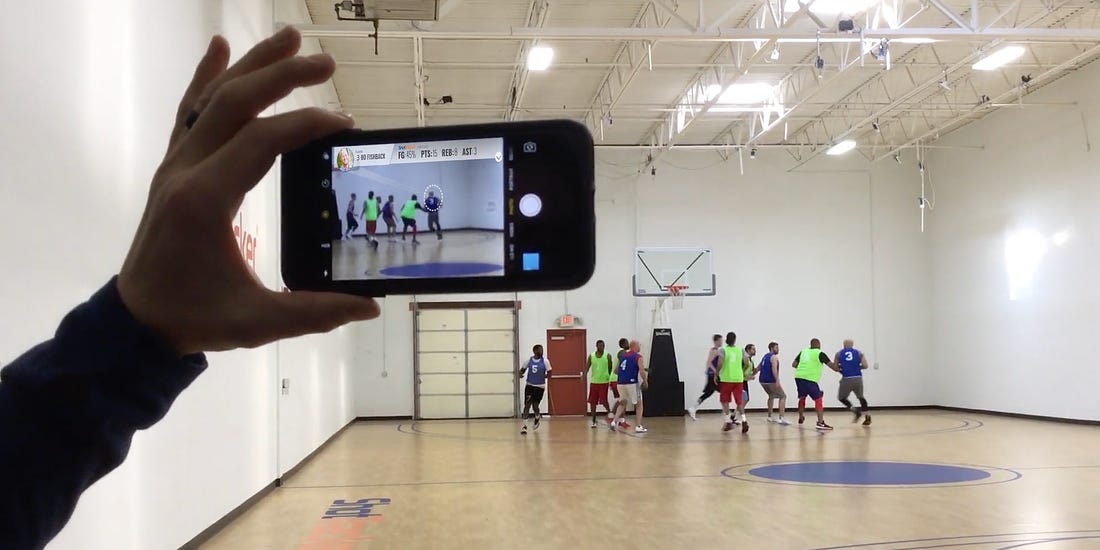
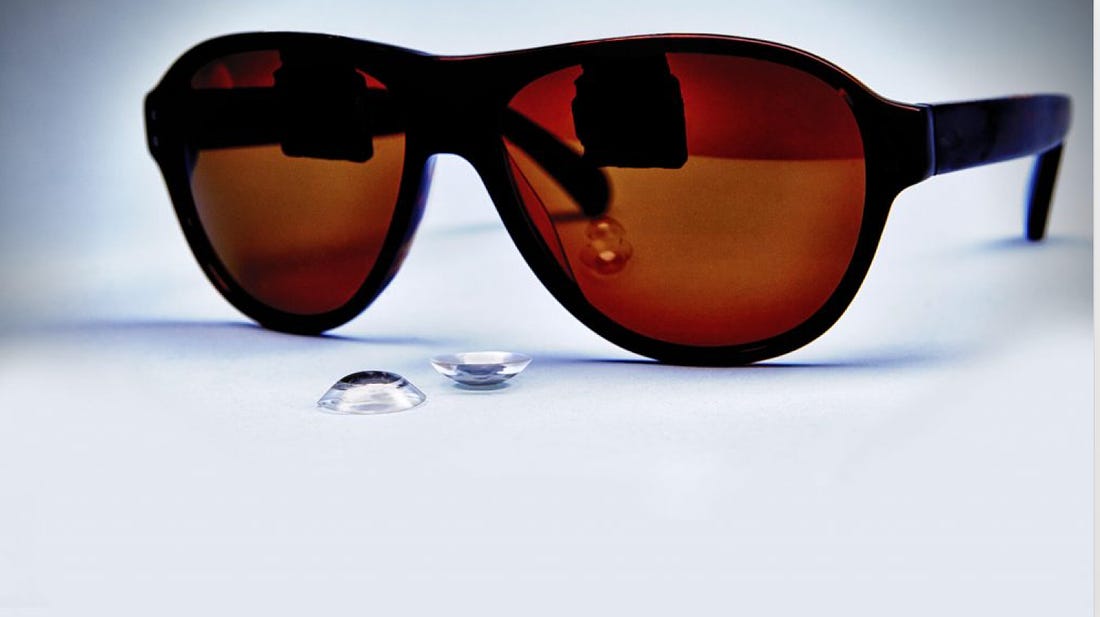
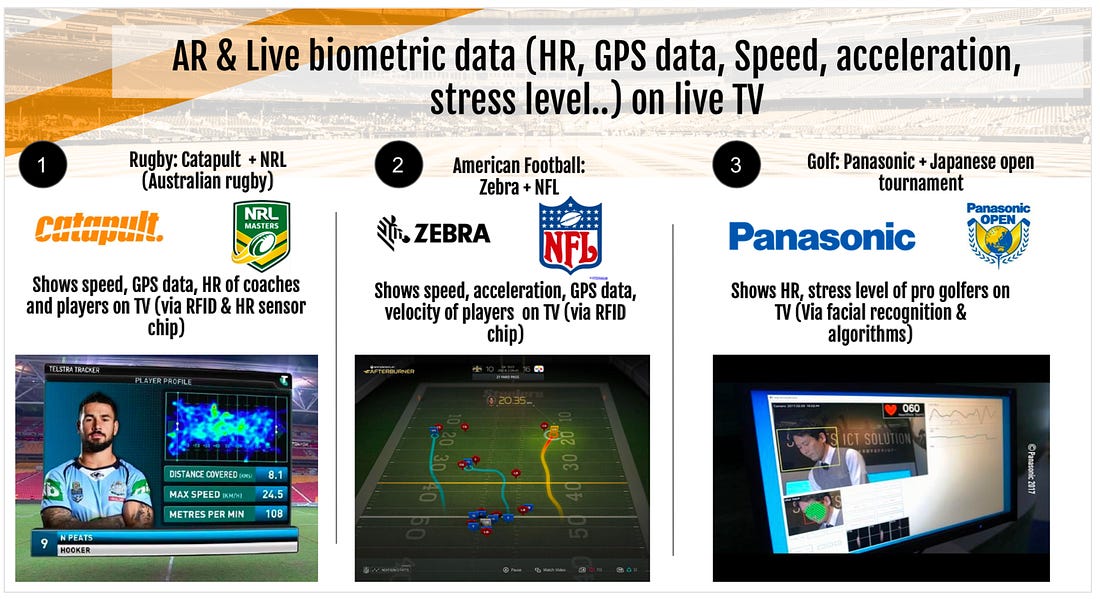
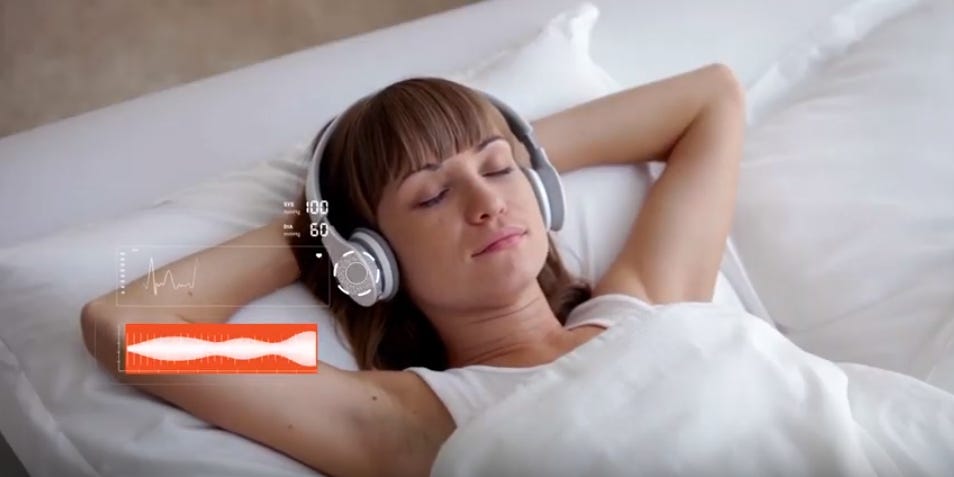
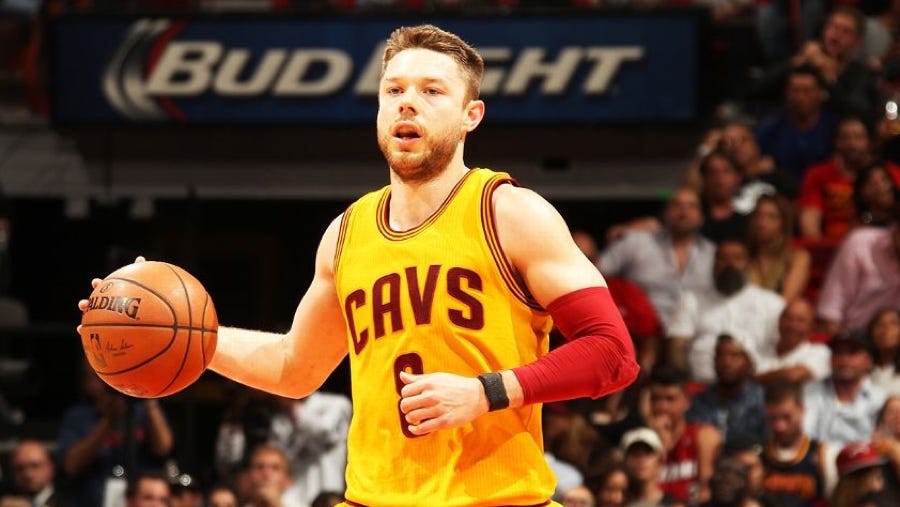
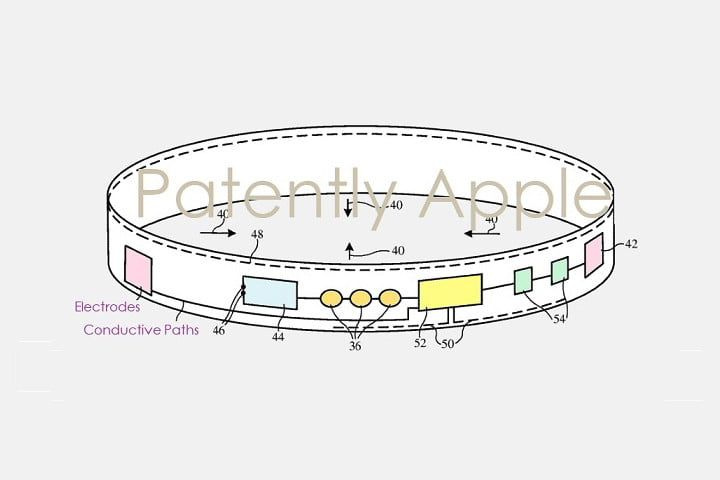
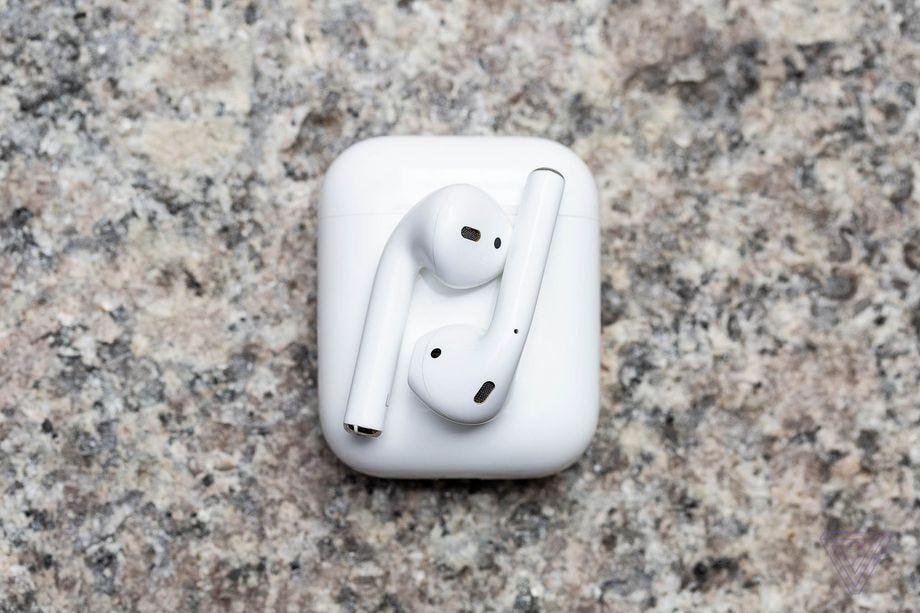
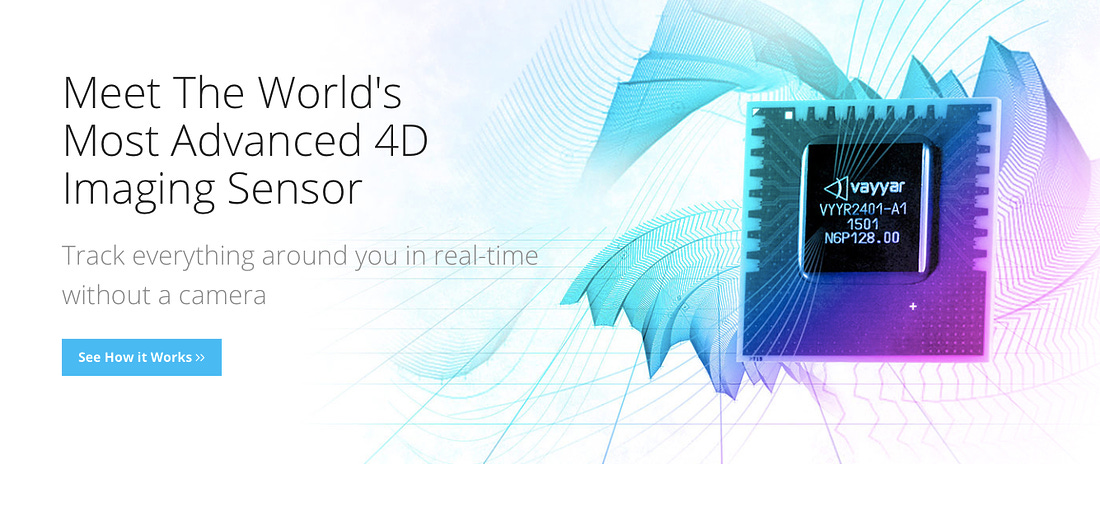
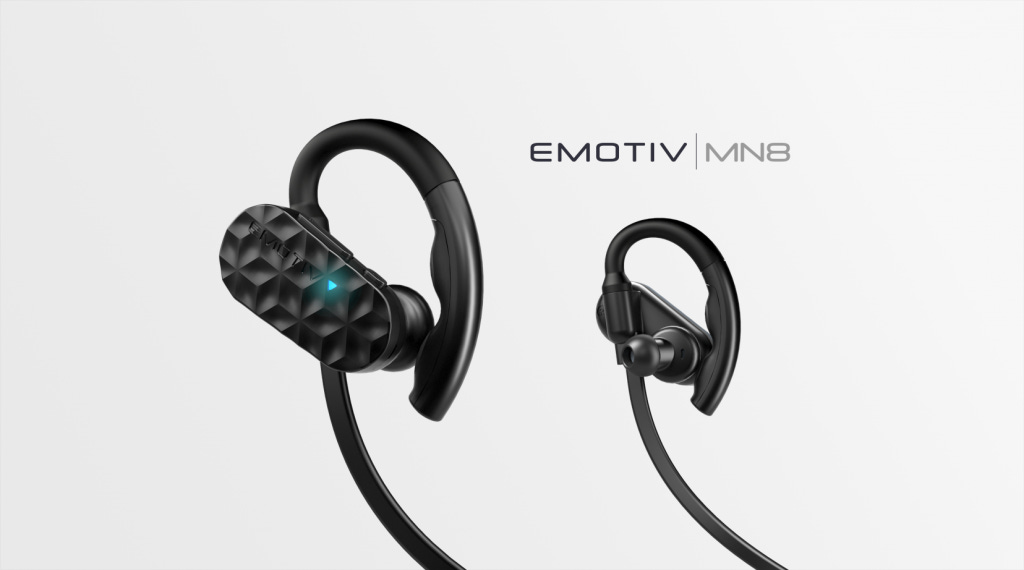
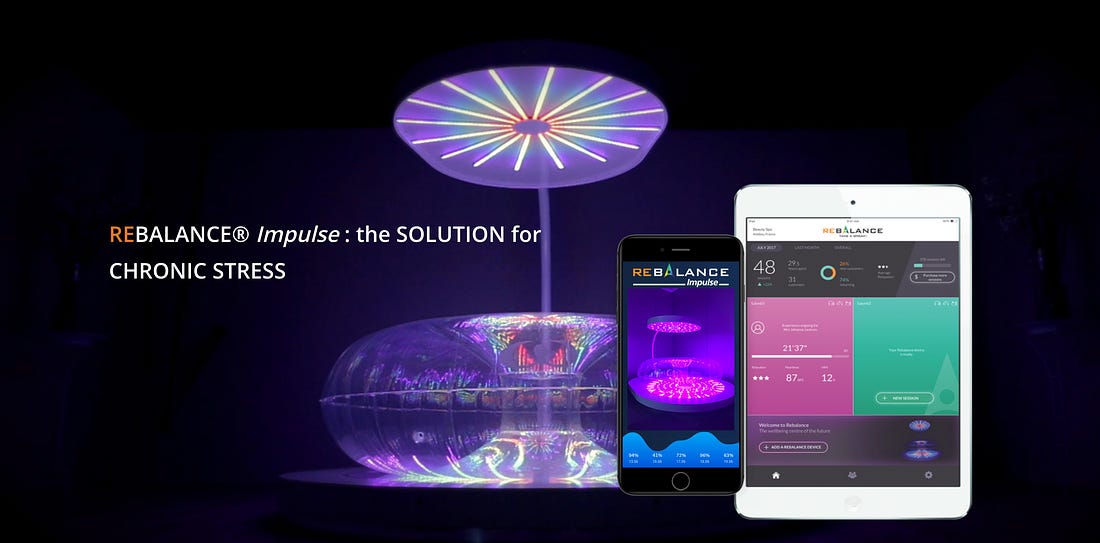
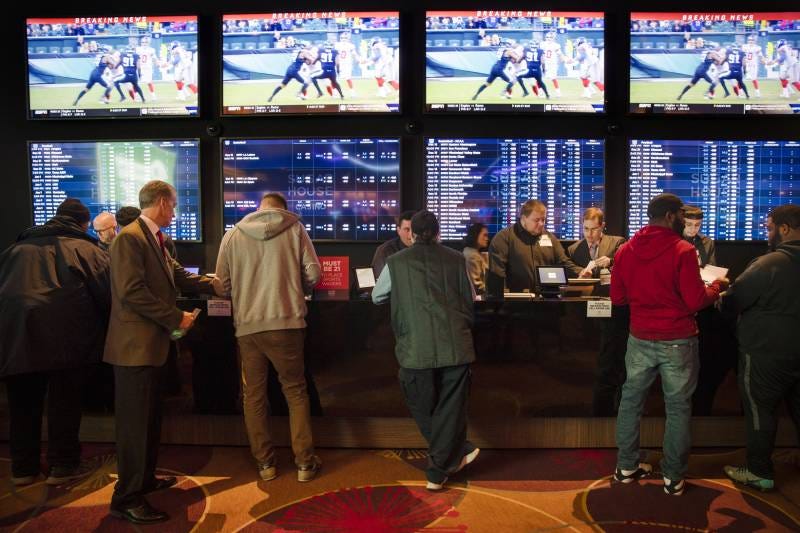
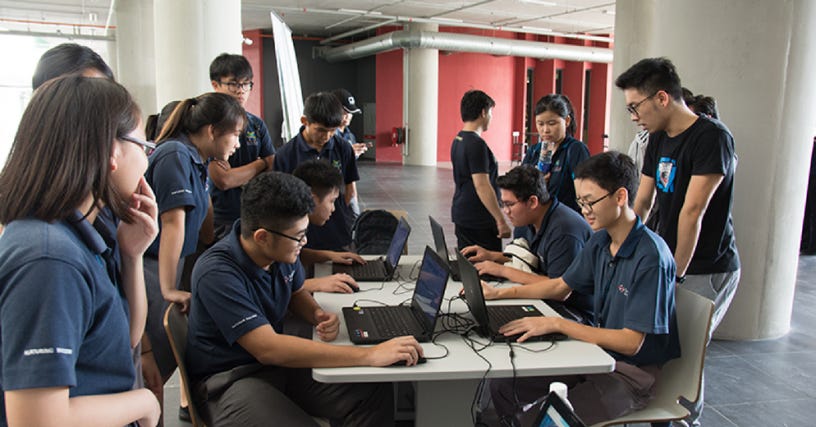
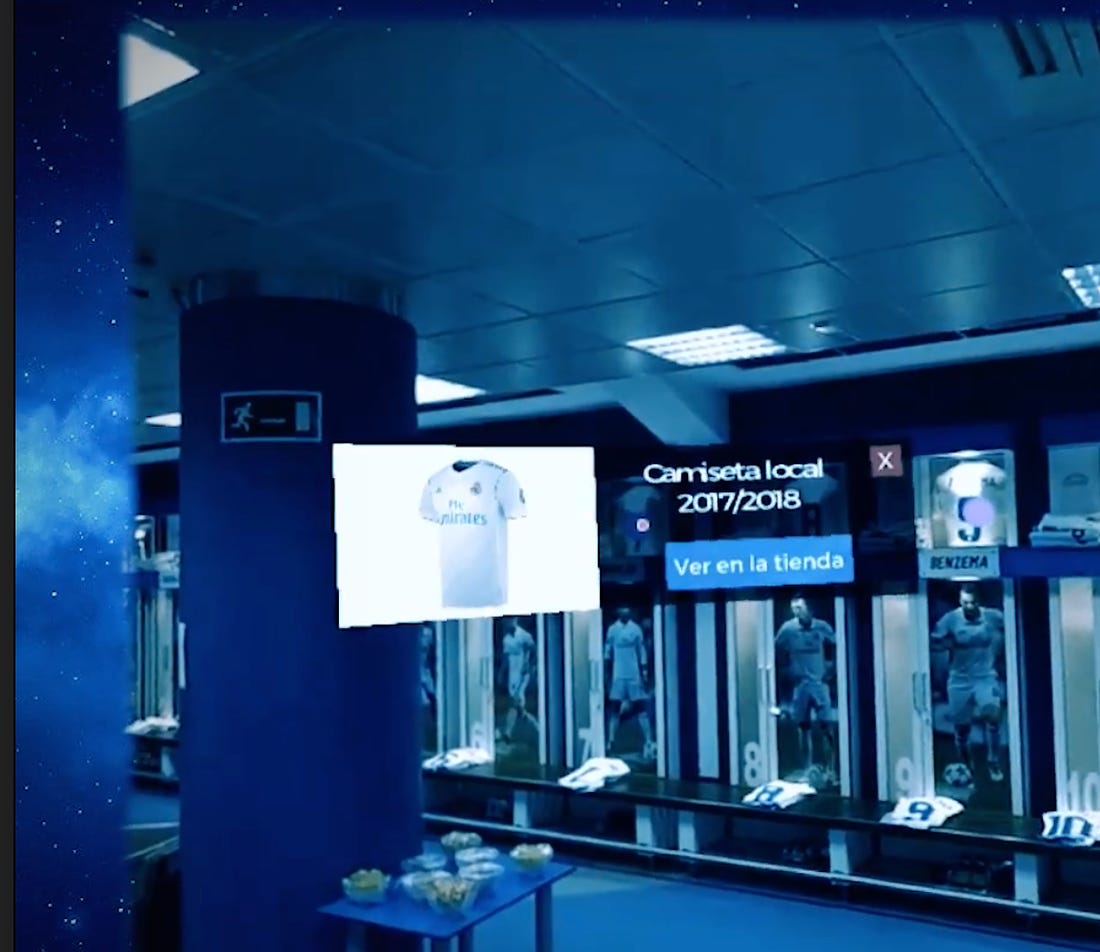
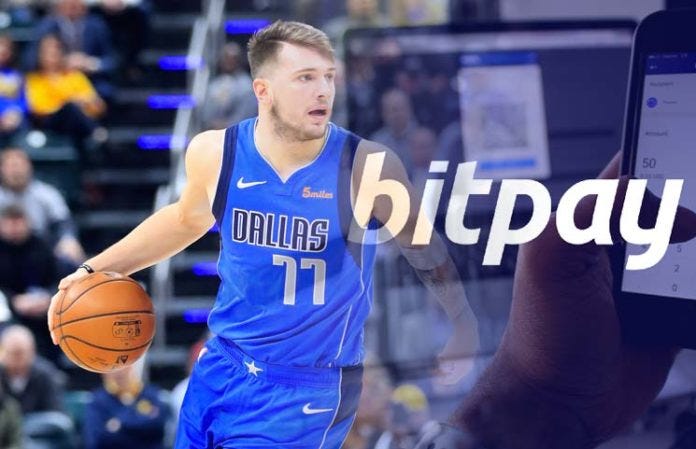
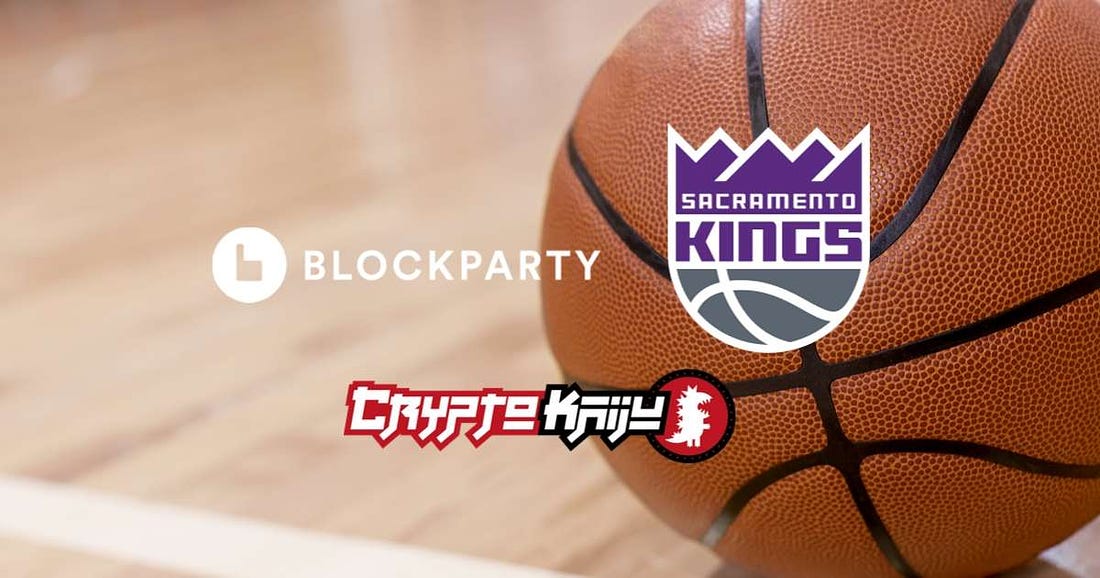

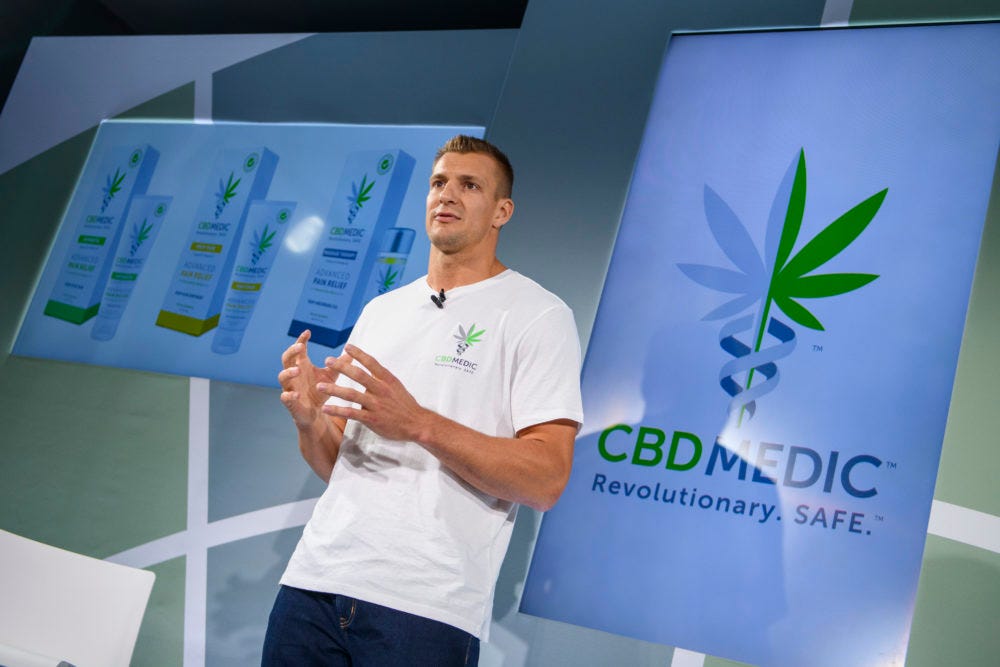

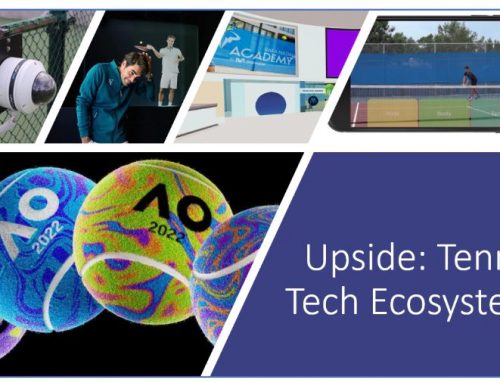

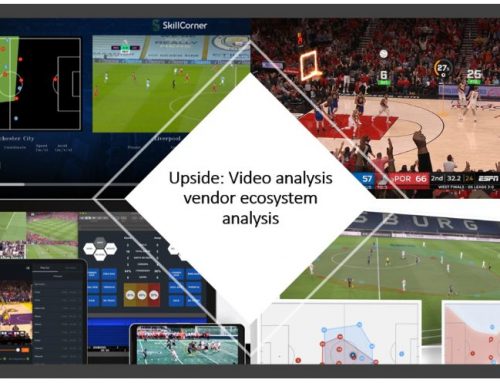
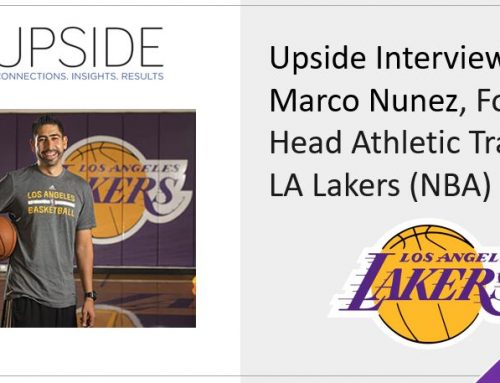
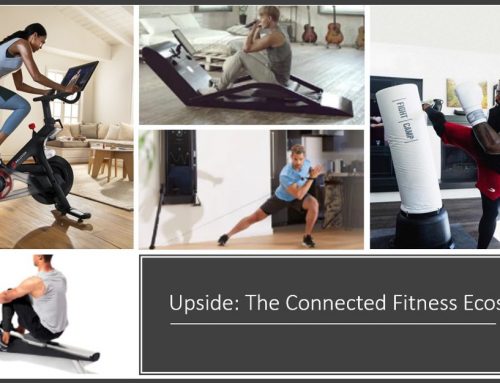

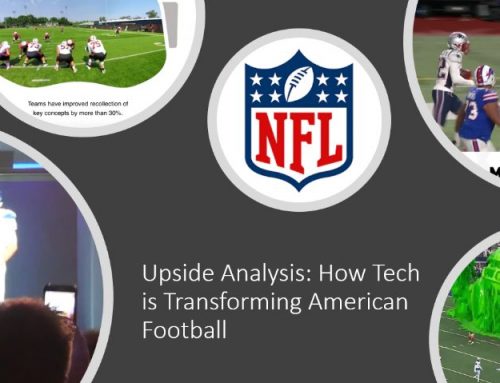
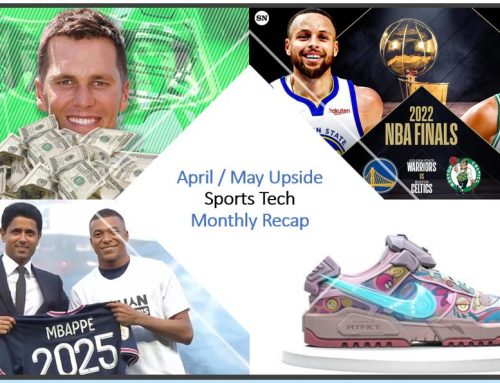
Leave A Comment
You must be logged in to post a comment.